No products in the cart.
4
- Course No E – 1809
- PDH UNITS: 3
Course No E - 1809
PDH UNITS: 3
4
- Course No E – 1809
- PDH UNITS: 3
Course No E - 1809
PDH UNITS: 3
Intended Audience: Civil, Environmental and mechanical Engineers.
PDH UNITS: 3
This course will give professional engineers and others an introduction to air sparging as an option for remediation of contaminated soil and groundwater.
This course provides an overview of air sparging, describes various applications of the technology, and discusses the underlying physical processes that occur during in-situ air sparging (IAS). Air sparging is the process of injecting air into the saturated subsurface to treat contaminated soil and groundwater. Air sparging mechanisms include partitioning of volatile contaminants from the aqueous phase to the vapor phase (stripping), for their subsequent transfer to and removal from the unsaturated zone, and transfer of oxygen from the injected air to the aqueous phase to enhance aerobic microbial degradation of contaminants in the saturated zone, termed biosparging.
Learning Objectives:
At the successful conclusion of this course, you will learn the following knowledge and skills:- Learn about treating a saturated zone contamination in a source area;
- Learn about the fundamental physical limitations on the effectiveness of air sparging for treating non-aqueous phase liquids (NAPL);
- Learn about in-situ air sparging (IAS) as an air-based technology that is meant to be applied within the saturated zone of contaminated soils;
- Learn about special challenges when employing air sparging to remediate dense non-aqueous phase liquid (DNAPL) sites;
- Learn about a common application of in-situ air sparging (IAS) for the treatment of dissolved phase contamination in a plume, downgradient of source areas;
- Learn about vertical and horizontal IAS wells;
- Learn about injecting gases other than air (such as pure oxygen, ozone, methane, butane, propane, pure nitrogen, or nitrous oxide) to enhance the speed at which bioremediation proceeds or to alter the conditions under which it occurs;
- Learn how steam can be injected in conjunction with, or instead of, air to incorporate a thermal treatment element to traditional air sparging technology; and
- Learn about inwell aeration, which is a method that introduces air into the lower portion of a submerged well pipe, so that air bubbles rise within the pipe, with associated vapor-to-liquid and liquid-to-vapor mass transfer.
Course Reviews
4
4
1 ratings - 5 stars0
- 4 stars1
- 3 stars0
- 2 stars0
- 1 stars0
Once completed, your order and certificate of completion will be available in your profile when you’re logged in to the site.

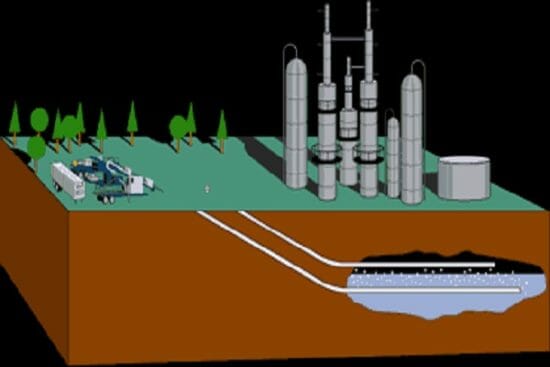
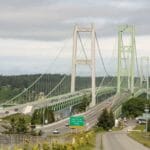
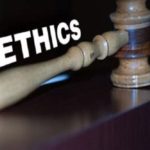
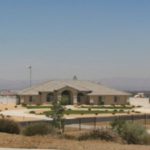
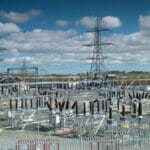
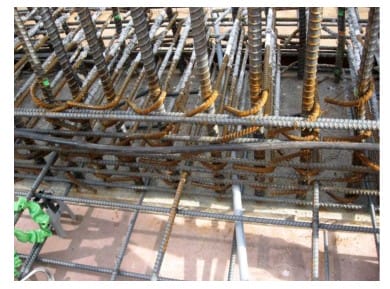

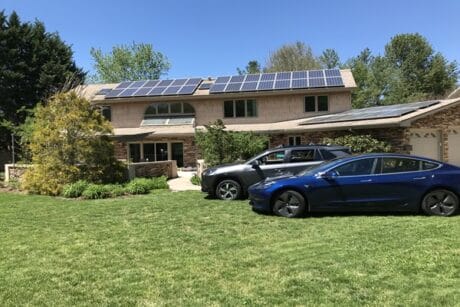
A GREAT INTO TOOL FOR AIR SPARGING AND A FINE REFRESHER COURSE FOR BASICS.